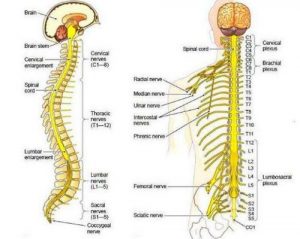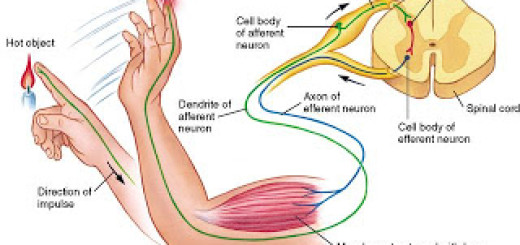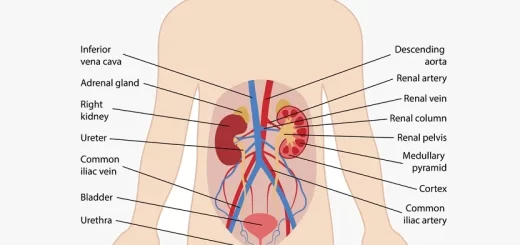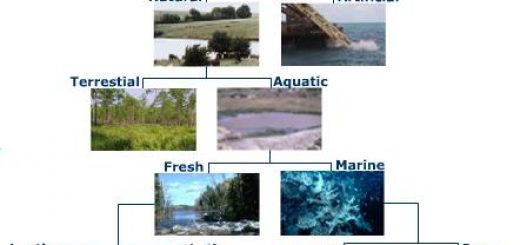The function of the spinal cord in the central nervous system
The spinal cord
The central nervous system is composed of the spinal cord and the brain, The spinal cord is a cylindrical cord from which the spinal nerves extend, The spinal cord is 40 to 50 cm long and 1 cm to 1.5 cm in diameter.
The spinal cord extends in a channel within a series of the vertebrae in the backbone (the vertebral column) for protection, and it is the most important structure between the body and the brain.
The spinal cord is divided into four different regions which are the cervical, the thoracic, the lumbar and the sacral regions, The spinal cord is consists of the internal gray matter that has the shape of the letter H and surrounded by an external white matter.
The structure of the spinal cord is opposite to that of the two cerebral hemispheres, The spinal cord is the main pathway for information connecting the brain and the peripheral nervous system.
The function of the spinal cord
The spinal cord delivers the nerve messages from the body organs to the brain and vice versa, The spinal cord is responsible for the reflexes (a group of reflex action) such as the withdrawal of the hand quickly when touching a hot surface.
Autonomic nervous system, Reflex action types & Autonomic ganglia function
Functions of Sympathetic nervous system & Role of the sympathetic in emergencies
Nervous system in man, Nerve cells types & Nature of nerve impulse
Nervous system (Central nervous system, Peripheral nervous system & Autonomic nervous system)
Human Transport System, Structure of human circulatory system (heart, blood vessels and blood)














